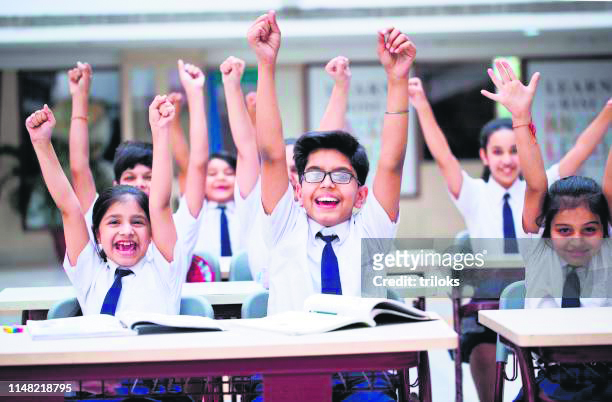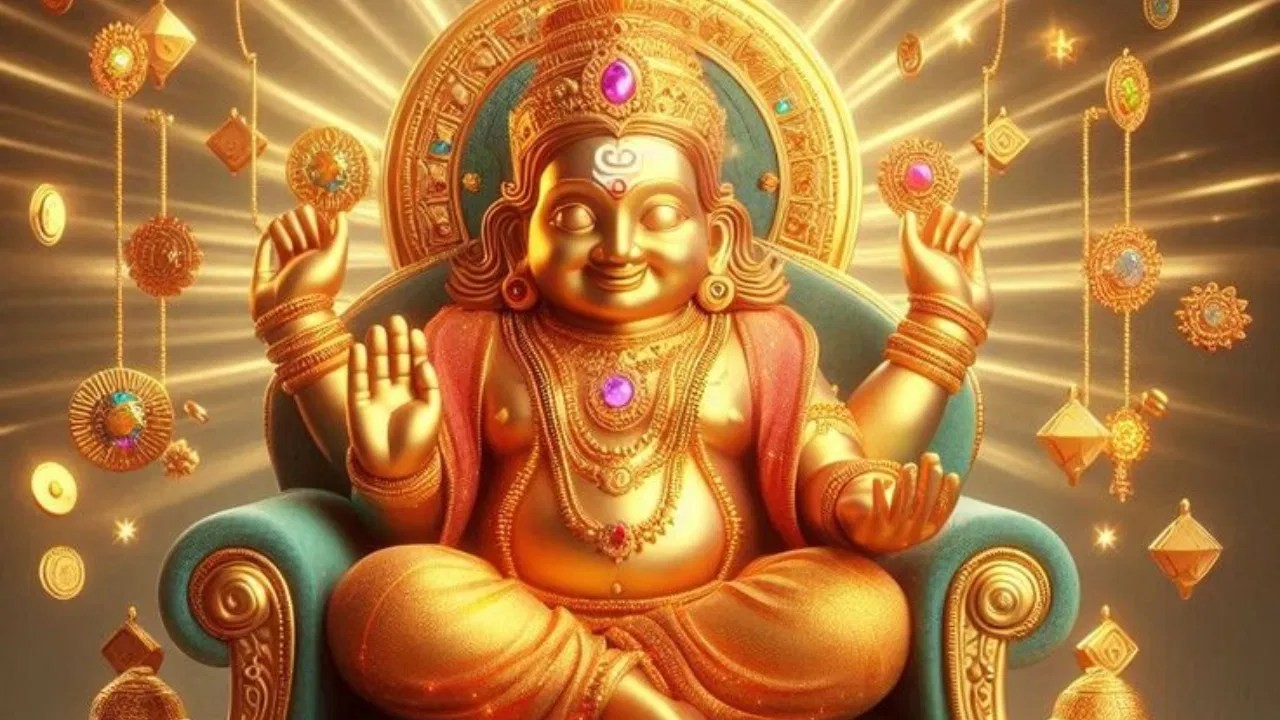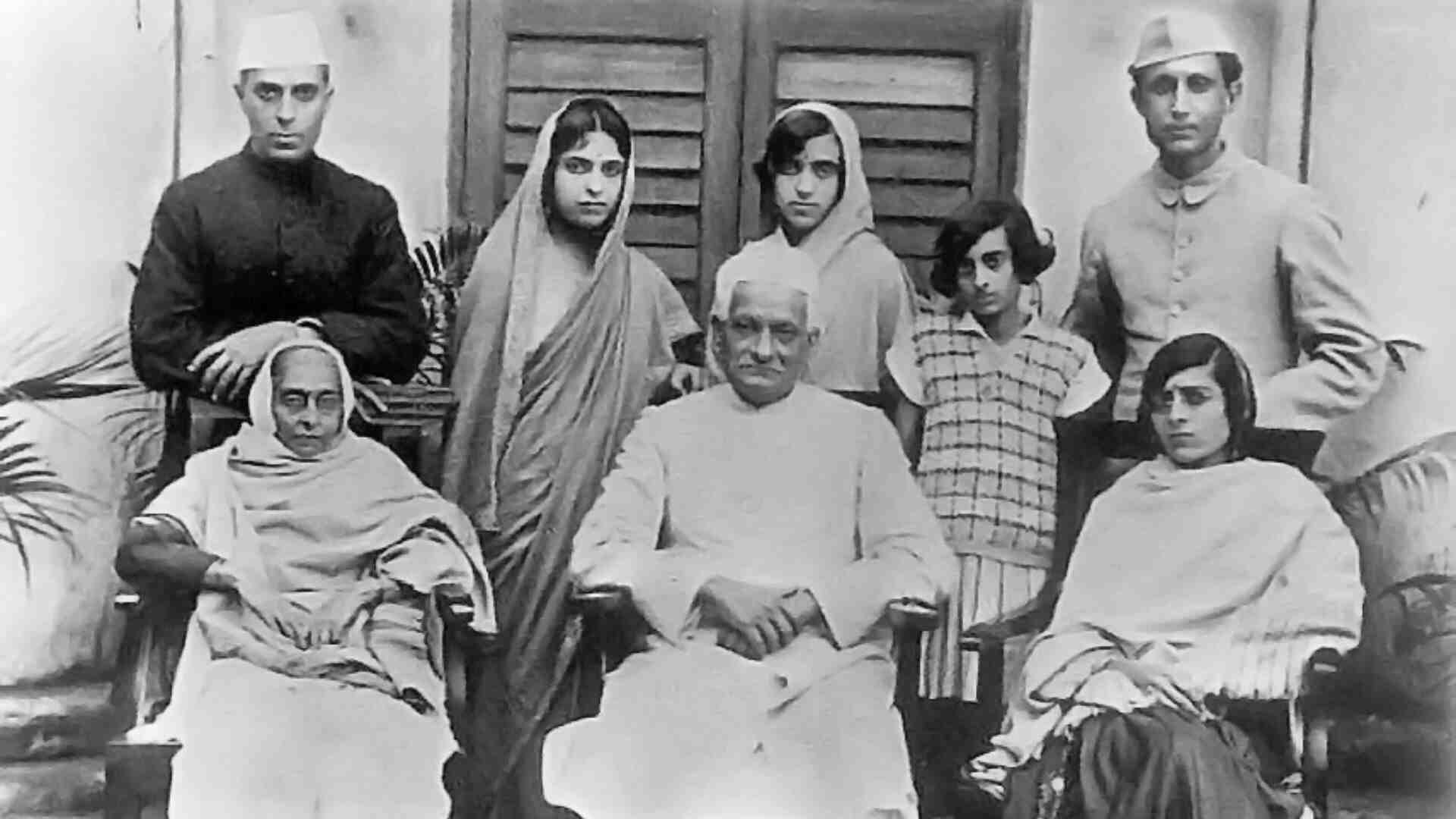Education is an important element in the struggle for human rights. It is the means to help our children and our people rediscover their identity and thereby increase their self-respect.
Education in India is a Concurrent List subject, that is both the Indian central government, and the state governments have responsibility for enacting and implementing education policy. The central board and most of the state boards uniformly follow the “10+2” pattern of education. In this pattern, study of 10 years is done in schools and 2 years in Junior colleges (Maharashtra) or Higher Secondary Schools(most other states), and then 3 years of study for a bachelor’s degree. The first 10 years is further subdivided into 8 years of elementary education (5 years Primary School and 3 years Middle School), 2 years of Secondary education followed by 2 years of Higher Secondary Schools or Junior colleges. This pattern originated from the recommendation of the Education Commission of 1964–66.
The education is imparted through recognized institutions in the country that comprise of primary school, secondary school, special schools, intermediate schools, colleges and universities which follow courses as prescribed by universities or boards and are also open for inspection by these authorities.
Today, we will deep dive on the evolution of school education system in the country. Education in India is primarily managed by the state-run public education system, which falls under the command of the government at three levels: central, state and local. Approximate ratio of the total number of public schools to private schools in India is 10:3.
The Parliament of India enacted the Right to Education Act 2009 to grapple with the downward spiral of the education system and poor learning outcomes. The act aims towards providing free and compulsory elementary education to kids between the age group of 6 years to 14 years, according to the government report.
Education in India covers different levels and types of learning, such as early childhood education, primary education, secondary education, higher education, and vocational education. It varies significantly according to different factors, such as location (urban or rural), gender, caste, religion, language, and disability.
Challenges and Awareness
Education in India faces many challenges and opportunities, such as improving access and quality, reducing disparities and dropouts, increasing enrolment and completion rates, enhancing learning outcomes and employability, strengthening governance and accountability, promoting innovation and technology, and addressing the impact of COVID-19 pandemic. It is influenced by various policies and programmes at the national and state levels, such as the National Education Policy 2020, the Samagra Shiksha Abhiyan, the Rashtriya Madhyamik Shiksha Abhiyan, the Midday Meal Scheme, the Beti Bachao Beti Padhao Scheme, and the National Digital Education Architecture. It is also supported by various stakeholders and partners, such as UNICEF, UNESCO, World Bank, civil society organizations, academic institutions, private sector entities, and media outlets.
India and Pakistan were partitioned and given independence in 1947, after which there was remarkable improvement in scientific and technological education and research; illiteracy, however, remained high. The new constitution adopted by India did not change the overall administrative policy of the country. Education continued to be the prime responsibility of the state governments, and the union (central) government continued to assume responsibility for the coordination of educational facilities and the maintenance of appropriate standards in higher education and research and in scientific and technical education.
In 1950 the government of India appointed the Planning Commission to prepare a blueprint for the development of different aspects of life, including education. Thereafter, successive plans (usually on a five-year basis) were drawn and implemented. The main goals of these plans were (1) to achieve universal elementary education, (2) to eradicate illiteracy, (3) to establish vocational and skill training programs, (4) to upgrade standards and modernize all stages of education, with special emphasis on technical education, science, and environmental education, on morality, and on the relationship between school and work, and (5) to provide facilities for high-quality education in every district of the country.
From 1947 the government of India also appointed three important commissions for suggesting educational reforms. The University Education Commission of 1949 made valuable recommendations regarding the reorganization of courses, techniques of evaluation, media of instruction, student services, and the recruitment of teachers. The Secondary Education Commission of 1952–53 focused mainly on secondary and teacher education. The Education Commission of 1964–66 made a comprehensive review of the entire field of education. It developed a national pattern for all stages of education. The commission’s report led to a resolution on a national policy for education, formally issued by the government of India in July 1968. This policy was revised in 1986. The new policy emphasized educational technology, ethics, and national integration. A core curriculum was introduced to provide a common scheme of studies throughout the country.
The national department of education was a part of the Ministry of Human Resource Development, headed by a cabinet minister. A Central Advisory Board of Education counseled the national and state governments. There were several autonomous organizations attached to the Department of Education. The most important bodies were the All-India Council of Technical Education (1945), the University Grants Commission (1953), and the National Council of Educational Research and Training (1961). The first body advised the government on technical education and maintained standards for the development of technical education. The second body promoted and coordinated university education and determined and maintained standards of teaching, examination, and research in the universities. It had the authority to enquire into the financial methods of the universities and to allocate grants. The third body worked to upgrade the quality of school education and assisted and advised the Ministry of Human Resource Development in the implementation of its policies and major programs in the field of education.
According to a report by Britannica, the central government ran and maintained about 1,000 central schools for children of central government employees. It also developed schools offering quality education to qualified high achievers, irrespective of ability to pay or socioeconomic background. The seventh five-year plan (1985–90) specified that one such vidyalaya would be set up in each district. The state governments were responsible for all other elementary and secondary education. Conditions, in general, were not satisfactory, although they varied from state to state. Higher education was provided in universities and colleges.
From the 1950s to the ’80s, the number of educational institutions in India tripled. The primary schools, especially, experienced rapid growth because the states gave highest priority to the universalization of elementary education in order to fulfill the constitutional directive of providing universal, free, and compulsory education for all children up to the age of 14. Most, but not all, children had a primary school within 1 km (0.6 mile) of their homes. A large percentage of these schools, however, were understaffed and did not have adequate facilities. The government, when it revised the national policy for education in 1986, resolved that all children who attained the age of 19 years by 1990 would have five years of formal schooling or its equivalent. Plans were also made to improve or expand adult and nonformal systems of education. Dissension among political parties, industrialists, businessmen, teacher politicians, student politicians, and other groups and the consequent politicization of education hampered progress at every stage, however.
India’s first Minister of Education
Maulana Abul Kalam Azad was the country’s first Minister of Education and he envisaged strong central government control over education throughout the country, with a uniform educational system. Since the country’s independence in 1947, the Indian government sponsored a variety of programmes to address the problems of illiteracy in both rural and urban India.
The Union government established the University Education Commission (1948–1949), the Secondary Education Commission (1952–1953), University Grants Commission and the Kothari Commission (1964–66) to develop proposals to modernise India’s education system.
The Resolution on Scientific Policy was adopted by the government of Jawaharlal Nehru, India’s first Prime Minister. The Nehru government sponsored the development of high-quality scientific education institutions such as the Indian Institutes of Technology. In 1961, the Union government formed the National Council of Educational Research and Training (NCERT) as an autonomous organisation that would advise both the Union and state governments on formulating and implementing education policies.
2020
In 2019, the then Ministry of Education released a Draft New Education Policy 2019, which was followed by a number of public consultations it discusses reducing curriculum content to enhance essential learning, critical thinking and more holistic experiential, discussion-based and analysis-based learning. It also talks about a revision of the curriculum and pedagogical structure from a 10+2 system to a 5+3+3+4 system design in an effort to optimise learning for students based on cognitive development of children. On 29 July 2020, the cabinet approved a new National Education Policy with an aim to introduce several changes to the existing Indian education system which will be introduced in India till 2026. Education policy is prepared by the Central Government and State Governments at national and state levels respectively. The National Policy on Education (NPE), 1986, has provided for environment awareness, science and technology education, and introduction of traditional elements such as Yoga into the Indian secondary school system. A significant feature of India’s secondary school system is the emphasis on inclusion of the disadvantaged sections of the society. Professionals from established institutes are often called to support in vocational training. Another feature of India’s secondary school system is its emphasis on profession based vocational training to help students attain skills for finding a vocation of his/her choosing. A significant new feature has been the extension of SSA to secondary education in the form of the Rashtriya Madhyamik Shiksha Abhiyan. Rashtriya Madhyamik Shiksha Abhiyan (RMSA) which is the most recent initiative of Government of India to achieve the goal of universalisation of secondary education (USE). It is aimed at expanding and improving the standards of secondary education up to class X.























